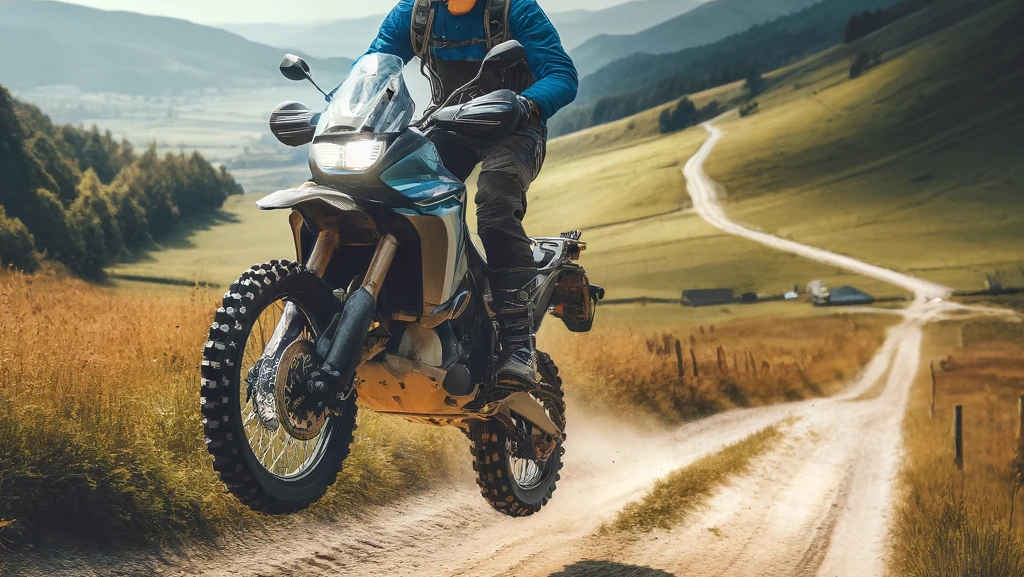Riding your motorbike off-road is an exhilarating experience that offers a sense of freedom and adventure unlike any other. Whether you’re tackling rocky trails, sandy dunes, or muddy paths, the thrill of off-road riding is unparalleled. But before you hit the dirt, it’s essential to know the basics and prepare yourself for the challenges ahead. In this guide, we’ll cover everything from choosing the right bike and gear to mastering the techniques needed to handle rough terrain.
Choosing the Right Bike and Gear
Picking the Perfect Bike
When it comes to off-road riding, not all motorbikes are created equal. Here’s what you need to consider:
- Type of Bike: Dirt bikes are typically lighter and more maneuverable, making them ideal for off-road trails. Dual-sport bikes are versatile for both on-road and off-road riding.
- Engine Size: For beginners, a bike with a smaller engine (250cc or less) is easier to control.
- Suspension: A bike with good suspension is crucial for absorbing the bumps and shocks of rough terrain.
Essential Gear
Safety is paramount when riding off-road. Here’s your checklist:
- Helmet: A DOT-approved helmet with a visor or goggles.
- Protective Clothing: Durable jackets, pants, and gloves.
- Boots: High, sturdy boots that protect your feet and ankles.
- Body Armor: Chest protectors, knee and elbow guards.
Basic Off-Road Riding Techniques
Body Positioning
Your body position greatly influences your bike’s handling:
- Standing Up: Stand on your pegs to lower your center of gravity and increase control.
- Leaning Forward: Lean forward when climbing hills to keep the front wheel grounded.
- Shifting Weight: Move your body weight to the opposite side when cornering to maintain balance.
Throttle and Clutch Control
Smooth throttle and clutch control are key to maintaining traction:
- Throttle: Apply the throttle gradually to avoid wheel spin.
- Clutch: Use the clutch to modulate power delivery, especially on slippery surfaces.
Advanced Off-Road Riding Techniques
Handling Different Terrain
Each type of terrain requires specific techniques:
- Mud: Keep your weight back and throttle steady to maintain momentum.
- Sand: Lean back slightly, keep the front wheel light, and maintain consistent throttle.
- Rocks: Stand up, keep your knees slightly bent, and pick your line carefully to avoid larger obstacles.
Braking
Effective braking techniques are crucial for off-road riding:
- Front Brake: Use the front brake for most of your stopping power but be cautious to avoid locking up the wheel.
- Rear Brake: Use the rear brake to stabilize the bike, especially on downhill sections.
Safety Tips and Considerations
- Ride with a Buddy: Never ride alone in remote areas.
- Know Your Limits: Don’t push beyond your skill level.
- Stay Hydrated: Bring plenty of water, especially for long rides.
- First Aid Kit: Carry a basic first aid kit for emergencies.
- Communication: Have a way to call for help, such as a phone or radio.

